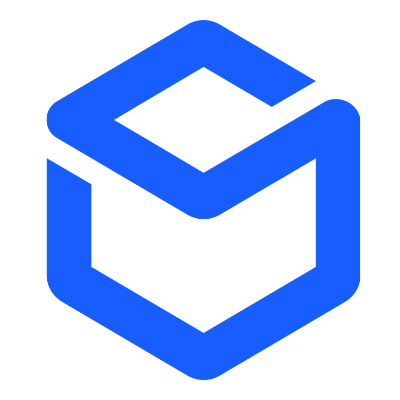How A Subreddit Motivated Me To Create A Chewing Gum That Improves Your Jawline [$9K/Month]
Note: This business is no longer running. It was started in 2020 and ended in 2024. Reason for closure: Shut down.
Hello! Who are you and what business did you start?
Ahoy! My name is Matt Phelps and I’m a YouTuber and the founder of STEEL – Jawline Gum. It’s a hard chewing gum that’s effective as a jawline exerciser.
There's a big interest in improving your jawline these days. Just look at Google Trends or the popularity of the #jawlinecheck hashtag on TikTok. My customers find me organically through Google and my YouTube channel at the moment. So I’m only acquiring those customers that are actively searching for a way to improve their jawline.
I did 9k in revenue last month. And my YouTube channel is at 27k subscribers despite me having only posted 13 videos.

What's your backstory and how did you come up with the idea?
I started in late 2020 when I found...

Download the report and join our email newsletter packed with business ideas and money-making opportunities, backed by real-life case studies.

Download the report and join our email newsletter packed with business ideas and money-making opportunities, backed by real-life case studies.

Download the report and join our email newsletter packed with business ideas and money-making opportunities, backed by real-life case studies.

Download the report and join our email newsletter packed with business ideas and money-making opportunities, backed by real-life case studies.

Download the report and join our email newsletter packed with business ideas and money-making opportunities, backed by real-life case studies.

Download the report and join our email newsletter packed with business ideas and money-making opportunities, backed by real-life case studies.

Download the report and join our email newsletter packed with business ideas and money-making opportunities, backed by real-life case studies.

Download the report and join our email newsletter packed with business ideas and money-making opportunities, backed by real-life case studies.



















